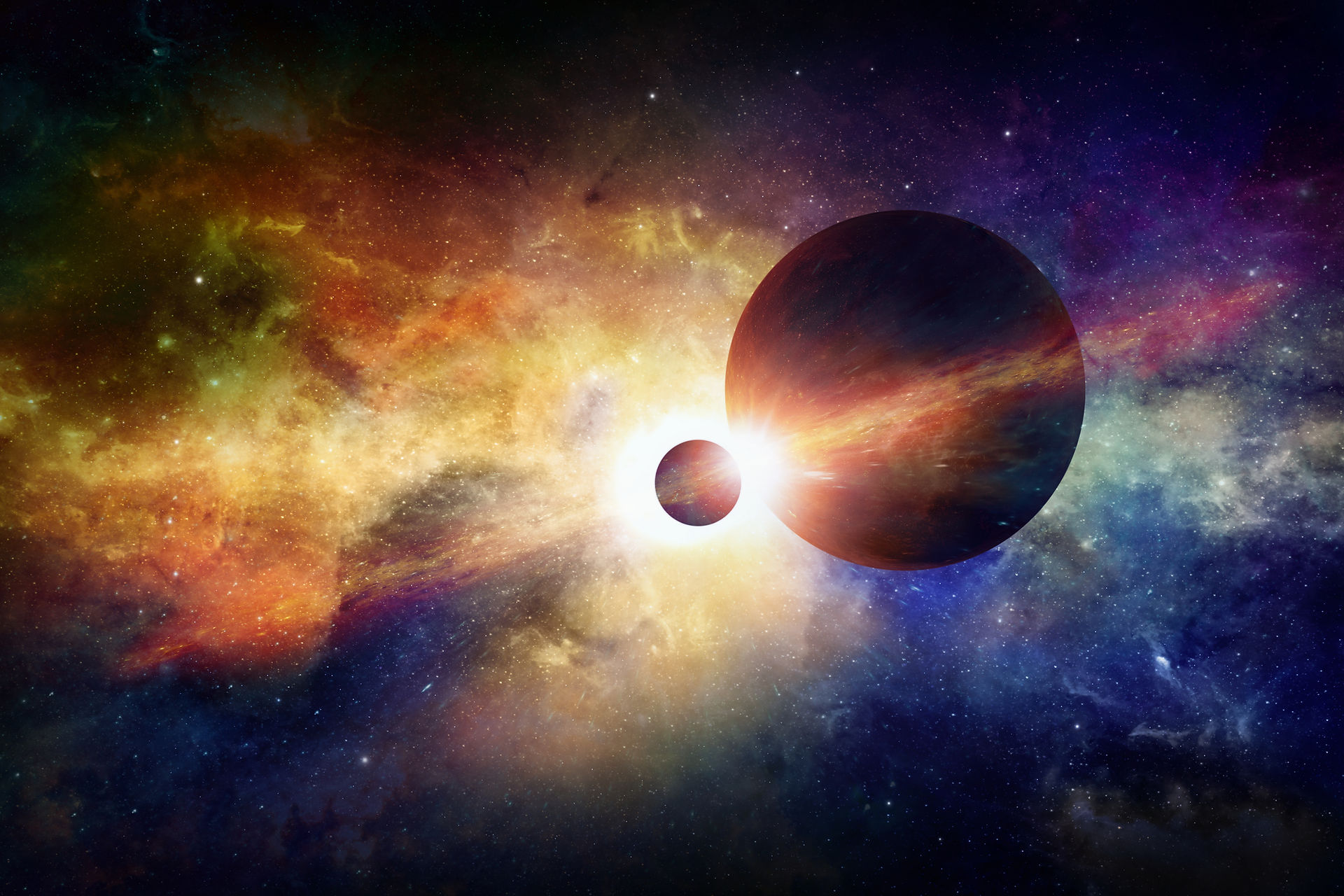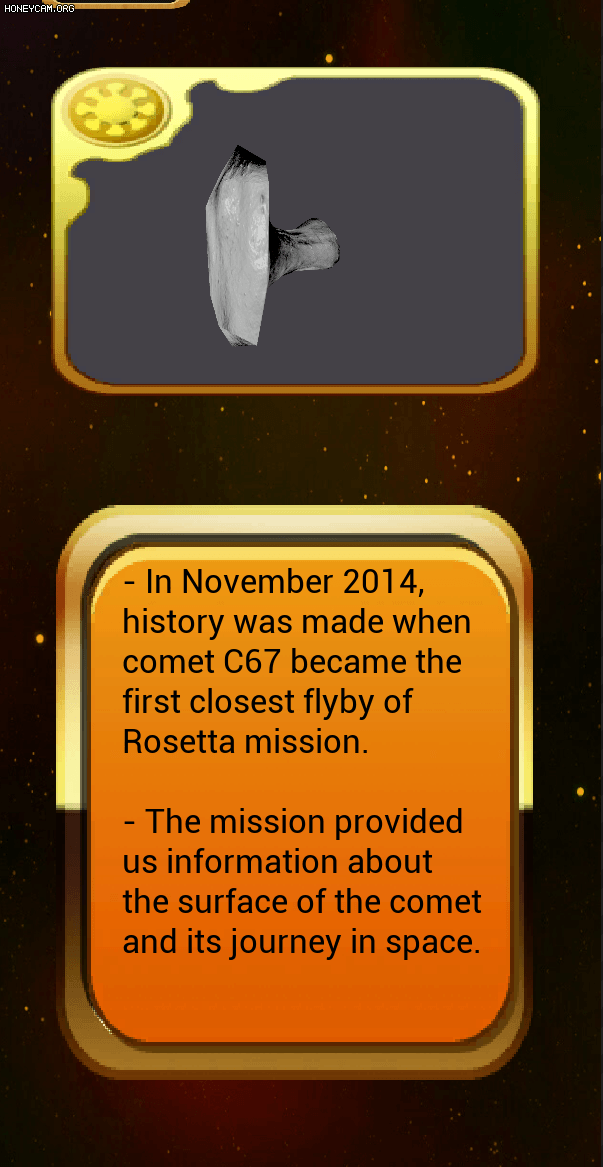
Introduction
A player generally remembers the moments of fine detail and graphics when they are not playing the game. These are few moments that we look back and generate an influence upon. Aesthetics in video games play a crucial role in building those experiences. A simple face and mouth representation of Pac-Man, the famous character of Mario or the aliens in space invaders (👾-yes, there is an emoji!) are some of the memories that have been locked in our brains. While gameplay is mainly player control over the character, with a right fit of aesthetics (graphics and sound) it creates engaging (and further immersive) experiences in games.
Space Ball Jump has been a project where players explore the solar system and expand gameplay in the lines of hyper-casual genre games. To build an appropriate optimized version of the idea, Unreal Engine 4 for Android had been a priority mainly to learn game development in an affordable and powerful manner by pushing graphics on the platforms. Starting from the main menu (fig.1), the idea is to provide a glimpse about each planet's surface and their representation as seen through naked eyes from space. The music in loop adds a layer of interest that we think must remain mysterious sounding because space is a mystery as we know it. The constraints involved with Android devices, user interaction with the platform as tap or swipe and user hold time to engage with the game (do more playtest!) were main keypoints that were kept in mind. Additionally, a crucial part was the scope which had to be small for the first level and engage players to cover details of space, as planet Mercury is the closest to Sun- the aim is to further progress in development with more levels as planets.
Music for main menu

Fig. 1 Main menu screen
The approach to represent the surface of each planet involved research from various websites that hold public information about the space entities. NASA and their related websites have been a great influence for us to generate that information in a meaningful manner through a game. In the first level (fig. 2), starting sequence tries to introduce with an objective that remains unique for all the levels. Players can choose to complete this objective or complete the level without having a need to do them, the difference would be easier difficulty (discussed later in gameplay). The key idea is to introduce and generate a sense of feeling in being around the planet and build a theme with objective and illustrate information through visuals, music and textual representation in various areas of the level.

Fig. 2 Opening sequence of the first level
Once the foundation of the idea was clear, the question was how to motivate players in areas where there was no gameplay and still provide minimal control over the scenes. Expanding on the idea, we have tried to showcase human achievements that have been made until now in space ( which has been also been one of the main motivations behind this project). The players will be able to know more about space towards the end of the level (optional interaction) and as reward information by destroying the three meteors (fig.3).

(a) Reward from completing the objective in the first level.

(b) Optional end-level interaction to know more about the planet.
Fig. 3 (a) & (b) represent information and attempt to generate an interest about space.
As the game is targeted for mobile platforms, the gameplay was structured around delivering satisfying moments of achievement when certain tasks are achieved. Meteors being the reason for craters on Mercury it was incorporated as a level design element and later implemented in the gameplay. To dig deeper with level design on the objective, the feature to double jump and destroying the meteors would cause an effect of explosion in-game, the way it would have probably been with the history of the planet. However, accomplishing the game mechanic is challenging compared to the easier version of completing the level with single jump- each platform is distanced to have the player jump safely and land on the subsequent platform (Fig. 4).

(a) Single jump

(b) Double jump
Fig. 4 (a) & (b) Different game mechanics as part of the level design.
It would be easier for the players to memorize platforms while a random generator would make it interesting and challenging as part of the overall level design. This way, each playthrough would be unique and the code would be easier to build upon once the system had been created. Optimization was a key focus throughout with varying Android devices and their older versions (support of Android 6.0+), as gameplay had to be fast paced with the user interaction being almost intuitive when responding to the device. The game has been through few iterations to optimize on the devices and is discussed with more information in 'Gameplay' section. To provide a better insight on the current version, some of the key sections are (in process of documentation):